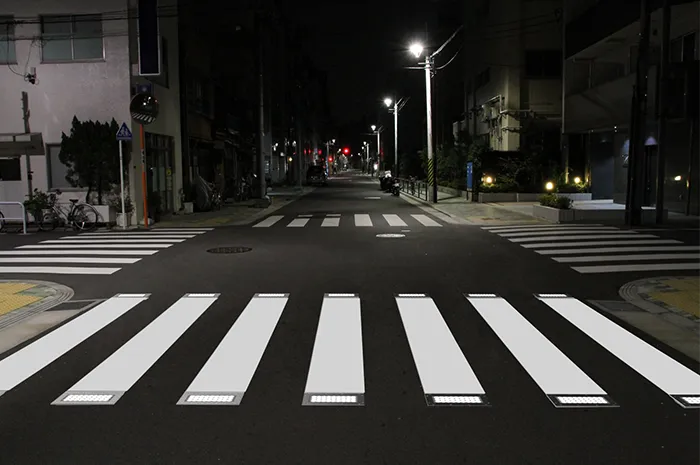Knight Architects and Arup have submitted plans for Luton Airport Gateway; a new bridge which will form part of the US$244 million (£200 million) mass passenger transit (MPT) system linking London Luton Airport with Luton Parkway railway station. The MPT will enable fast, easy access from central London to the UK’s fifth biggest and fastest-growing major airport in 30 minutes by providing a seamless transfer time of just five minutes from Luton Airport Parkway to the airport terminal. The system will be a f
March 7, 2017
Read time: 2 mins
Knight Architects and 7942 Arup have submitted plans for Luton Airport Gateway; a new bridge which will form part of the US$244 million (£200 million) mass passenger transit (MPT) system linking London Luton Airport with Luton Parkway railway station.
The MPT will enable fast, easy access from central London to the UK’s fifth biggest and fastest-growing major airport in 30 minutes by providing a seamless transfer time of just five minutes from Luton Airport Parkway to the airport terminal. The system will be a fully-automated, two-way, 24-hour capable people-mover based on latest system technology and design innovation running alongside the mainline railway before crossing over Airport Way via the new landmark bridge.
The London Luton Gateway Bridge has been designed as an asymmetric truss structure, spanning 72m across the busy Airport Way. Its top chord traces a parabola which springs tangentially from the deck, before tapering to a slender profile which appears to fade into the distance.
At night the top chord is illuminated with an active-led system. attached directly to the structure and aimed downwards. This allows the lighting system safely operate in its airport environment, without interfering with the functional lighting behind.
Subject to planning permission, work could begin in late 2017, with the system ready for operation by spring 2021.
The MPT will enable fast, easy access from central London to the UK’s fifth biggest and fastest-growing major airport in 30 minutes by providing a seamless transfer time of just five minutes from Luton Airport Parkway to the airport terminal. The system will be a fully-automated, two-way, 24-hour capable people-mover based on latest system technology and design innovation running alongside the mainline railway before crossing over Airport Way via the new landmark bridge.
The London Luton Gateway Bridge has been designed as an asymmetric truss structure, spanning 72m across the busy Airport Way. Its top chord traces a parabola which springs tangentially from the deck, before tapering to a slender profile which appears to fade into the distance.
At night the top chord is illuminated with an active-led system. attached directly to the structure and aimed downwards. This allows the lighting system safely operate in its airport environment, without interfering with the functional lighting behind.
Subject to planning permission, work could begin in late 2017, with the system ready for operation by spring 2021.









